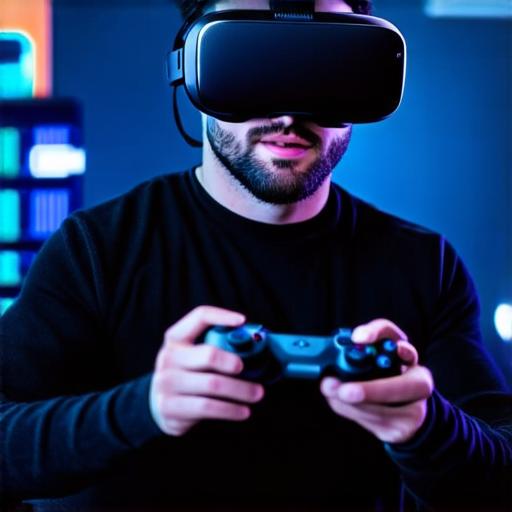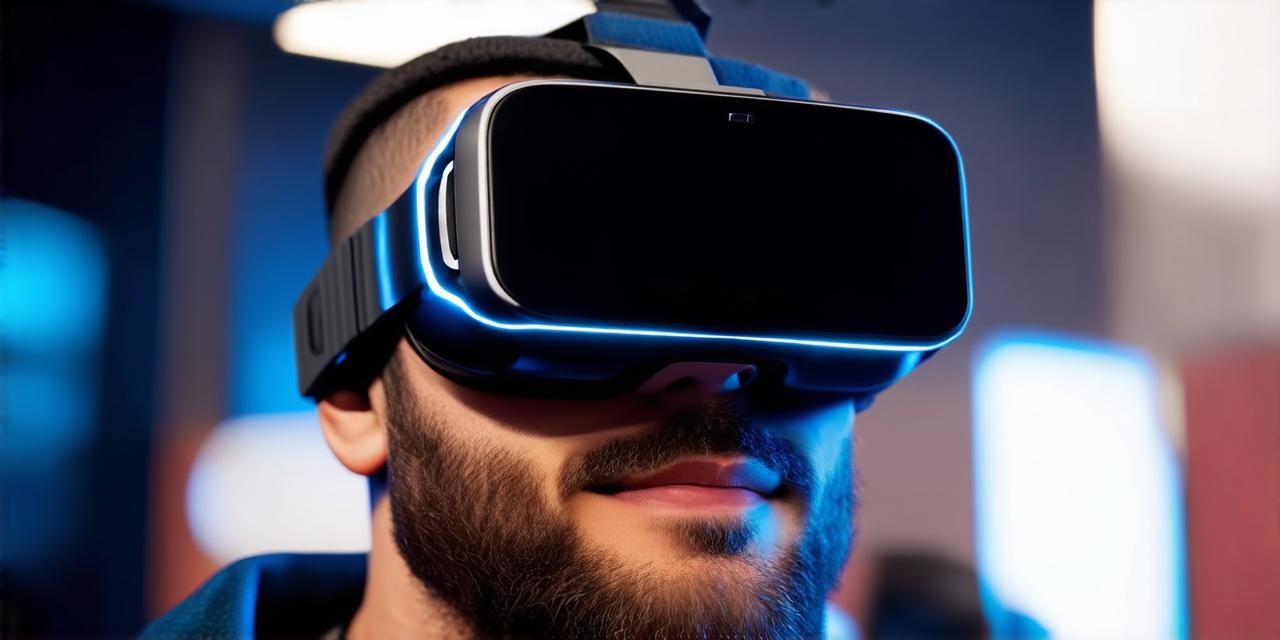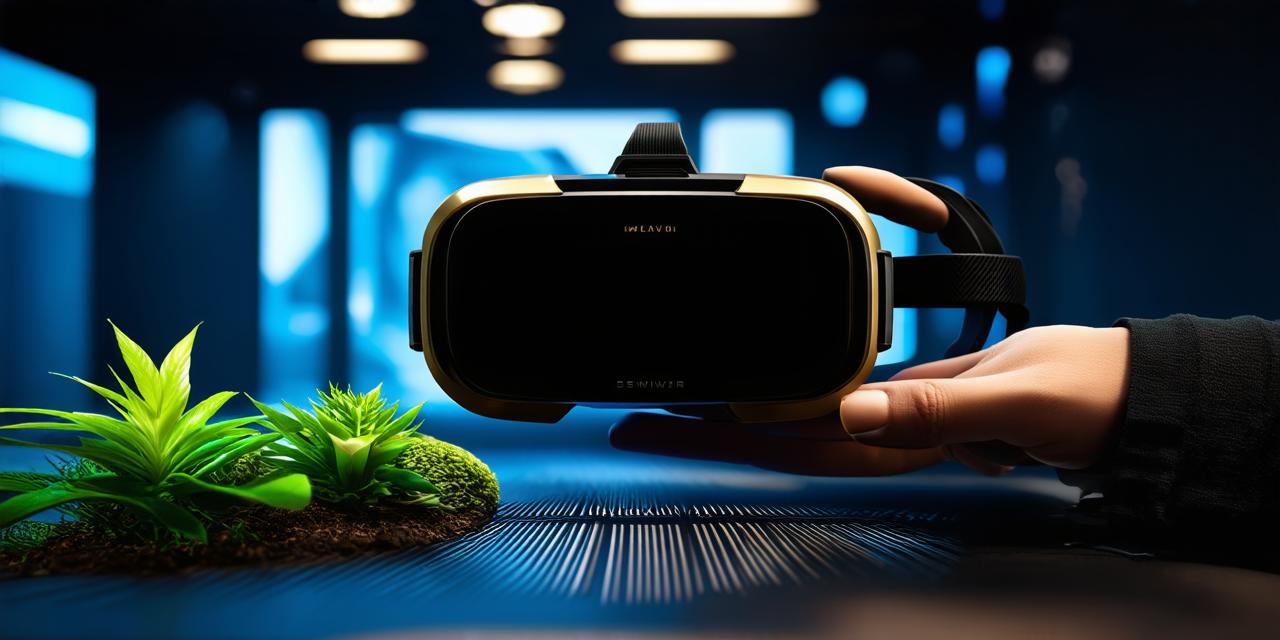Virtual reality (VR) technology is rapidly evolving, and more people are becoming interested in it. As an AR developer, you may want to experiment with VR headsets to create immersive experiences for your users. However, operating a VR headset can be overwhelming, especially if you’re new to it. In this article, we will provide a comprehensive guide on how to operate a VR headset, including tips and tricks for getting started, troubleshooting common issues, and enhancing your VR experience.
Getting Started with Your VR Headset:
Before you start using your VR headset, make sure you have a good understanding of its features and controls. Most VR headsets come with a user manual that provides detailed instructions on how to set up the device, adjust settings, and troubleshoot common issues. It’s important to read this manual thoroughly before you begin, as it will give you a solid foundation for using your VR headset effectively.
Once you have familiarized yourself with your VR headset, you can start experimenting with different applications and games. Some popular VR applications include Minecraft, Beat Saber, and Half-Life: Alyx. When using these applications, make sure to adjust the settings according to your preferences, such as the field of view (FOV), resolution, and refresh rate.
Troubleshooting Common Issues:
As with any technology, VR headsets can experience issues from time to time. Some common problems that you may encounter include tracking errors, motion sickness, and connectivity issues. To troubleshoot these issues, consult the user manual or contact the manufacturer’s customer support team for assistance.
Tracking errors can occur when the VR headset fails to accurately track your movements. This can cause the virtual environment to appear distorted or disorienting. To fix tracking errors, make sure that you have a clear and unobstructed view of the VR sensors, and avoid wearing loose clothing or accessories that could interfere with the sensors.
Motion sickness is another common issue that people experience when using VR headsets. This can be caused by a combination of factors, such as a low frame rate, high FOV, or disorienting visuals. To reduce motion sickness, adjust the settings according to your preferences, and take breaks if you start to feel uncomfortable.
Connectivity issues can occur when the VR headset fails to connect to your computer or other devices. To troubleshoot these issues, make sure that you have a stable internet connection, and check the user manual for instructions on how to connect your VR headset to your device.
Enhancing Your VR Experience:
To enhance your VR experience, there are several things you can do. First, make sure that you have a good quality VR headset with high-resolution displays and a wide FOV. This will provide you with a more immersive and realistic experience.
Second, invest in high-quality VR controllers that allow you to interact with the virtual environment in a natural way. For example, some VR controllers have haptic feedback, which can make the virtual world feel more realistic.
Third, try out different VR applications and games to find ones that suit your interests and preferences. There are thousands of VR applications available, so take the time to explore and find the ones that resonate with you.
Conclusion:
Operating a VR headset can be challenging at first, but with some practice and knowledge, you can become an expert. By following these tips and tricks, you can troubleshoot common issues, enhance your VR experience, and create immersive applications for your users. As an AR developer, experimenting with VR technology can open up new possibilities for creating innovative and engaging experiences. So go ahead and explore the world of VR – who knows what you might discover!
FAQs:
Here are some frequently asked questions about using a VR headset:

1. How do I adjust the settings on my VR headset?
Most VR headsets come with a user interface that allows you to adjust settings such as FOV, resolution, and refresh rate. You can usually access these settings by pressing a button or menu item on the headset’s controller or display. Consult the user manual for specific instructions on how to adjust your VR headset’s settings.
2. What are some common issues that people experience when using VR headsets?
Common issues include tracking errors, motion sickness, and connectivity problems. To troubleshoot these issues, consult the user manual or contact customer support for assistance.
3. Can I use a VR headset with my mobile device?
Yes, some VR headsets are designed to work with mobile devices. However, you may need an adapter or additional equipment to connect your phone to the headset. Consult the user manual or manufacturer’s website for specific instructions.
4. Are there any specific applications or games that are best suited for VR headsets?
There are many different types of applications and games available for VR headsets, including gaming, education, and training simulations. Some popular VR applications include Minecraft, Beat Saber, and Half-Life: Alyx.
5. How do I clean my VR headset?
To clean your VR headset, remove the headset from your head and gently wipe it with a soft, damp cloth. Avoid getting water or other liquids on the headset’s lenses or electronics. If you need to clean the headset’s controllers or sensors, consult the user manual for specific instructions.




